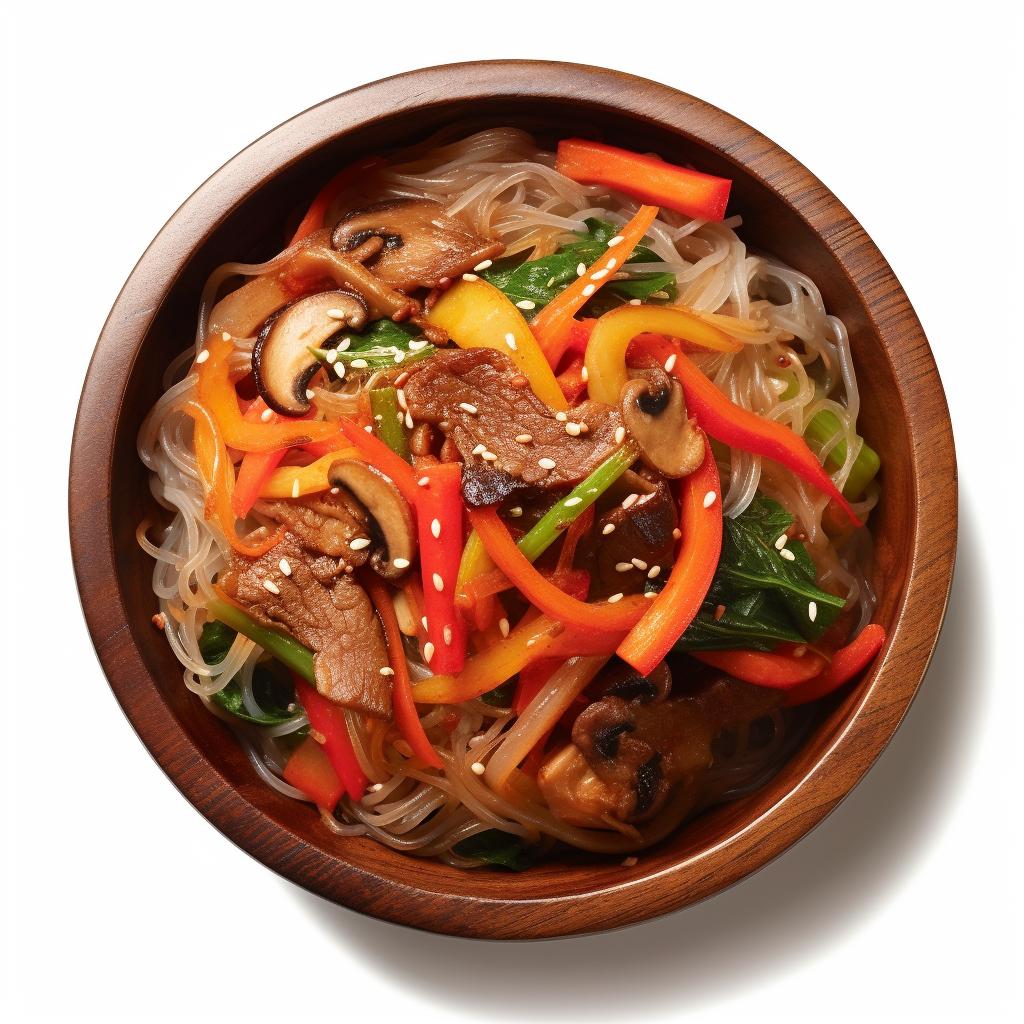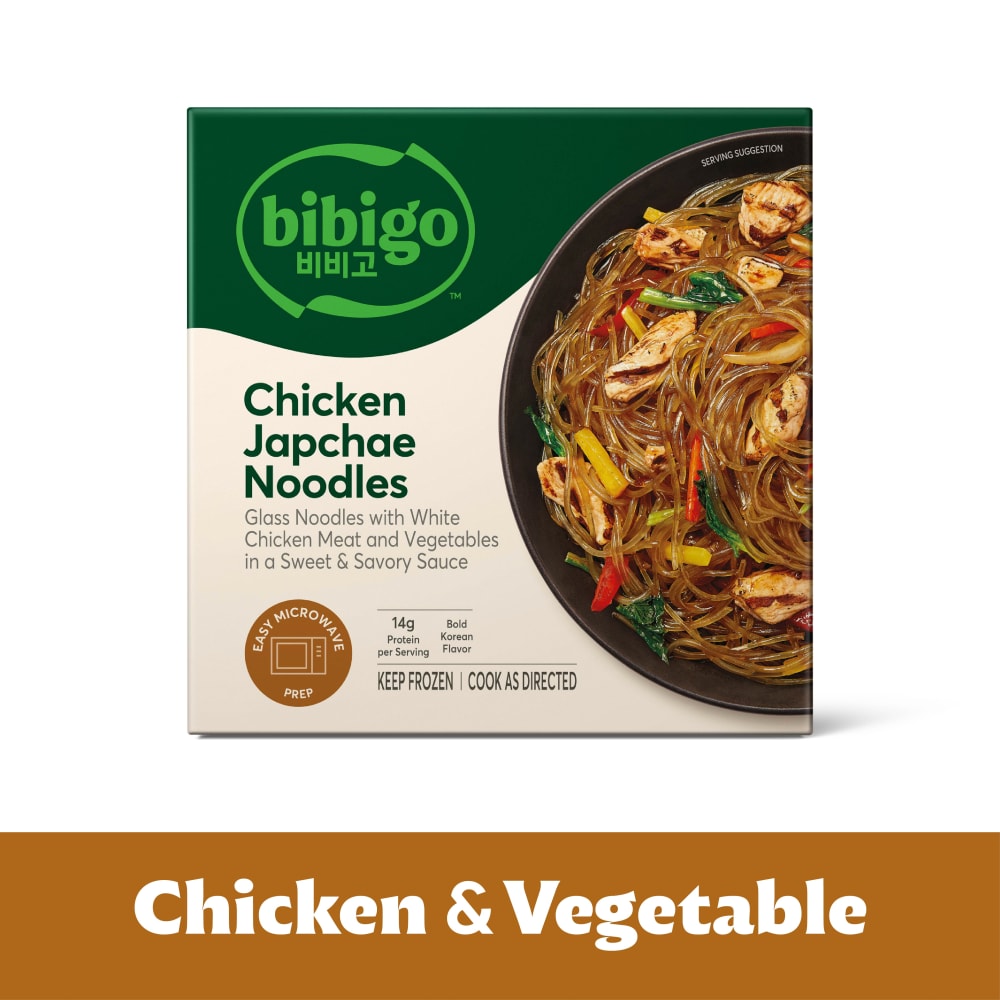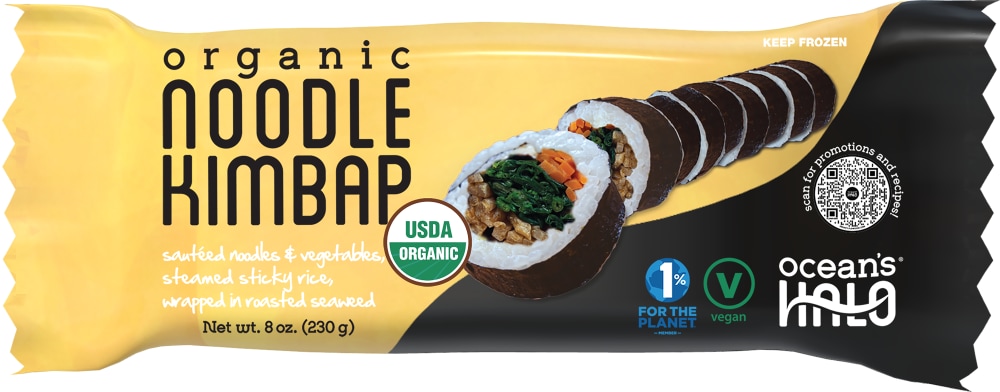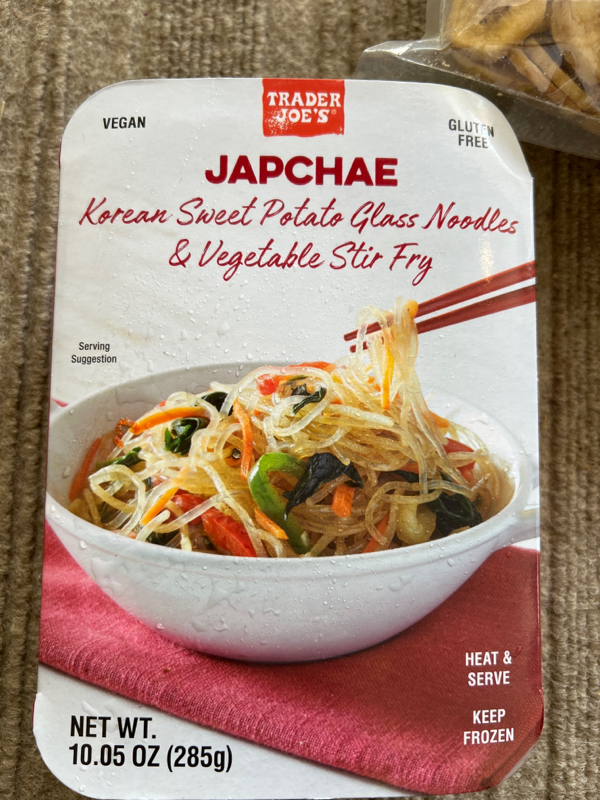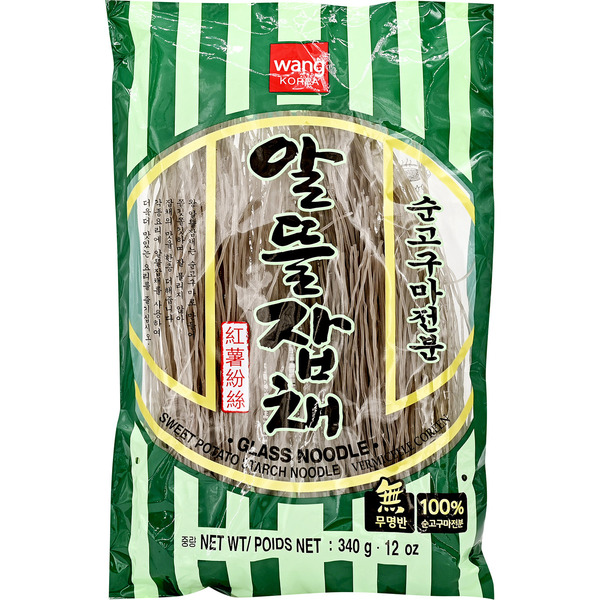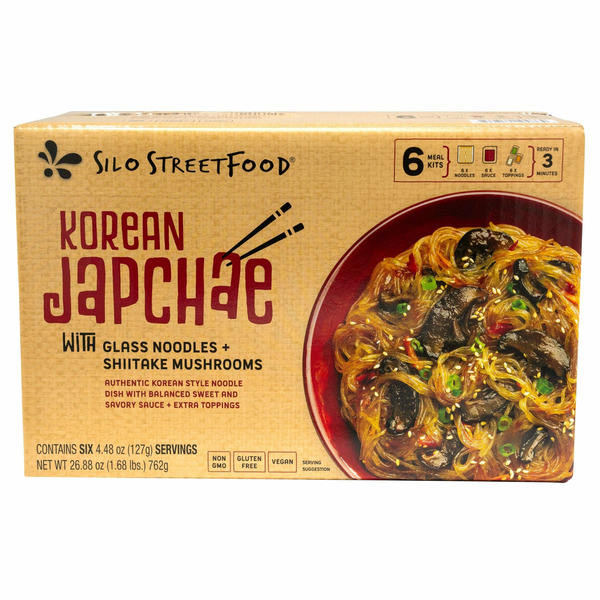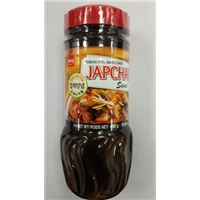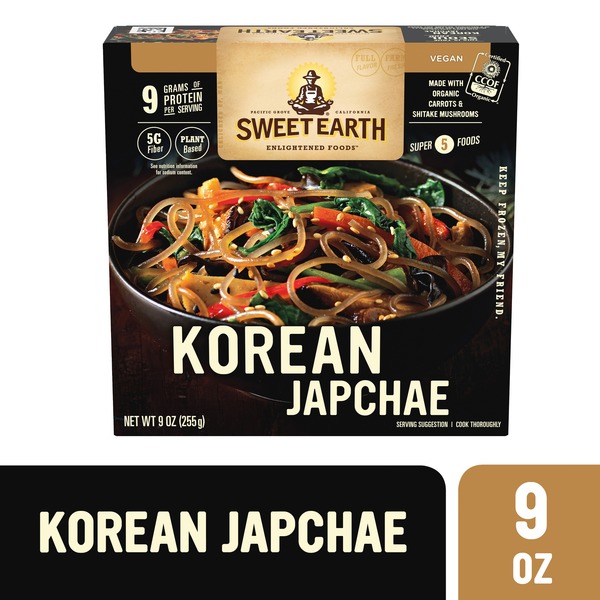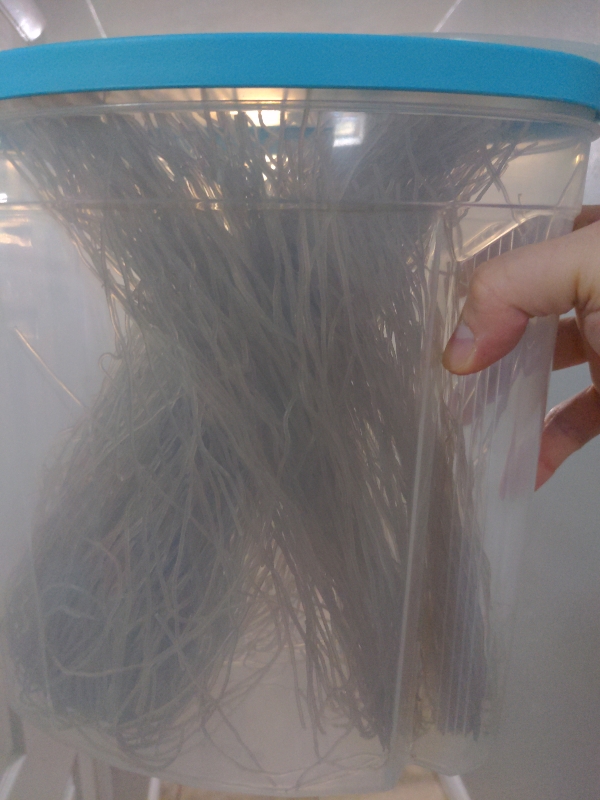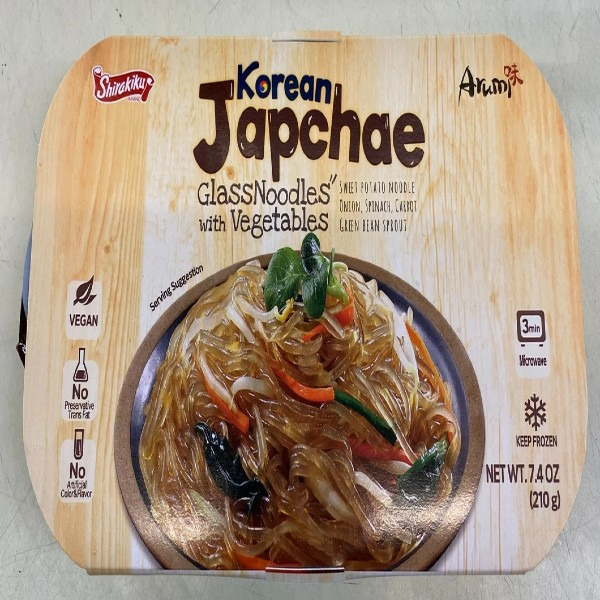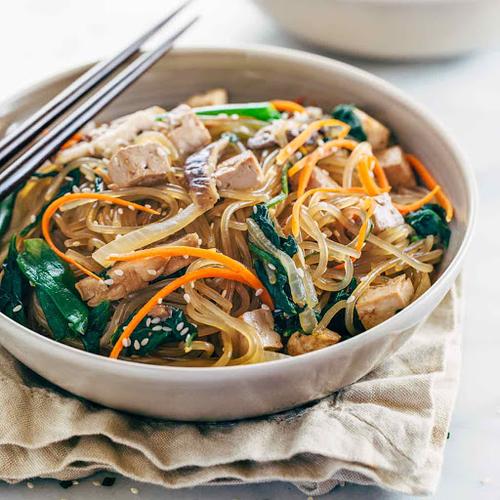Japchae
Japchae is a traditional Korean dish often served at parties or special occasions due to its intricate preparation. This savory and slightly sweet dish consists of glass noodles called 'dangmyeon,' made from sweet potato starch, combined with an array of colorful vegetables and marinated, stir-fried proteins such as beef or chicken.
Among the most loved characteristics of Japchae are its chewy yet tender noodles and the crunch of perfectly cooked vegetables. Despite its complex flavor profile, with hints of soy, sesame, and garlic, Japchae can be easily prepared at home with the right ingredients, rewarding home cooks with a wonderful staple of Korean cuisine to relish.
50%
CARBS
30%
FAT
20%
PROTEIN
19 Japchae Products
Bibigo Frozen Chicken & Vegetable Japchae Noodles
Ocean's Halo Organic Noodle Kimbap
Trader Joe's Japchae Noodle & Vegetable Stirfry
Wang Japchae Noodle
Silo StreetFood Korean Japchae
Homemade Style Korean Sauce (Korean Style Noodle Sauce Japchae)
Sweet Earth Korean Japchae
Potato Noodles Jabchae Japchae
Sweet Earth Korean Japchae - 9 oz
Shirakiku Japchae, Korean
2 Recipes for Japchae
Japchae FAQ
Japchae, despite its luxurious taste and appearance, may seem daunting to many first-time cooks due to the range of ingredients involved and the precise cooking times for each component. Choices related to the meat or protein used in the dish, or how to achieve the perfect stir-fry for the varied vegetables, can pose a challenge. Not to mention getting the glass noodles, or 'dangmyeon', to that perfect slippery but chewy texture.
One common mistake is overcooking, leading to less desirable textures. Another is inadequate seasoning or poor balance among the flavors of sesame, soy and garlic. Dressing the noodles well and using reasonable quantities of sauce is also important. To elevate your Japchae, use fresh, quality ingredients, balance your flavors well and be attentive to the cooking times of individual ingredients. A handy tip is to cook all ingredients separately to account for their different cooking times before finally stir-frying them all together.
What type of noodles should I use for Japchae?
Which kind of meat should I use for Japchae?
Can I substitute any vegetable in the recipe?
How do I ensure the noodles don’t become too soft or too tough?
How do I balance all the different flavors in Japchae?
How should the vegetables be cooked for Japchae?
What's the best way to mix all the ingredients together?
Can I make vegan or vegetarian Japchae?
Can I prepare Japchae in advance?
Do I need sesame seeds for garnishing Japchae?
Health Info
Macros
32g
CARBS
19g
FAT
12g
PROTEIN
Allowed on these diets
LOW FAT
HIGH CALCIUM
VEGETARIAN
VEGAN
LACTOSE FREE
Contains these allergens
SOYBEANS
WHEAT
